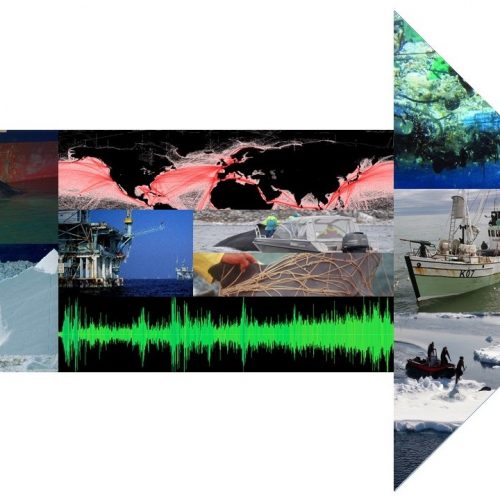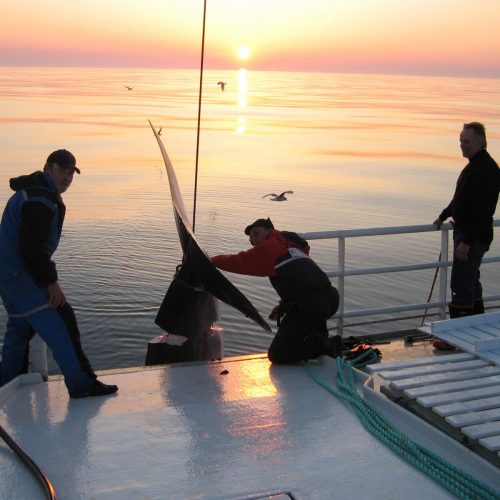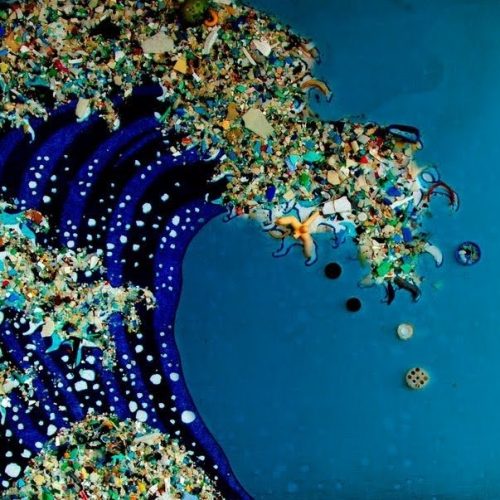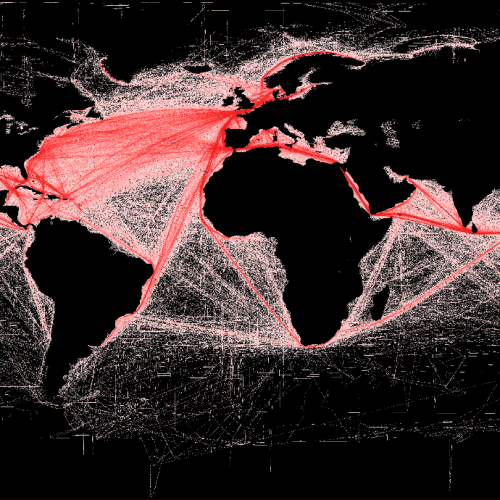“Sustainability” refers to the ability to be maintained at a certain level or rate. “Sustainable Development” is usually defined as meeting the needs of the present without compromising the ability of future generations to meet their own needs (Brundtland Report” Our Common Future ,1987).
The concept is built on the three main pillars: social, environmental, and economic, informally referred to as “people, planet, profits”. True sustainability occurs when these three pillars are balanced.
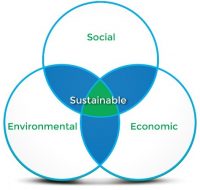
The Sustainable Development Goals (SDGs) were adopted by the United Nations in 2015 as a universal call to action to end poverty, protect the planet, and ensure that by 2030 all people enjoy peace and prosperity. The 17 SDGs are integrated—they recognize that action in one area will affect outcomes in others, and that precisely development must balance social, economic and environmental sustainability. Read more on how the sustainable use of marine mammal resource contribute to supporting the Sustainable Development Goals.
Environmental sustainability often gets the most attention, and it is the aspect that is most relevant for NAMMCO.
The sustainability of stocks/populations or species is a fragile balance between their abundance, their geographical distribution and movement, and the impacts of human activities.
Read more on the distribution, abundance, and status of the different marine mammal species common in the Northern Atlantic.




